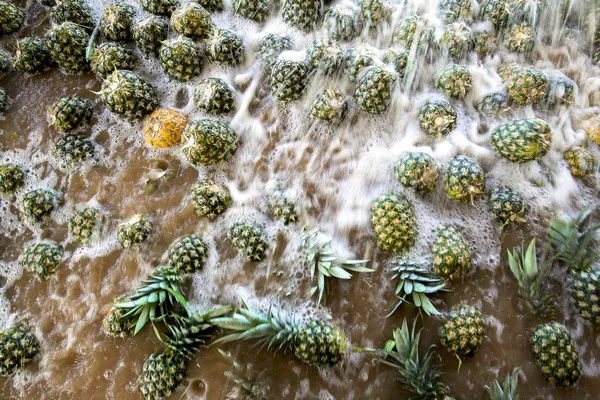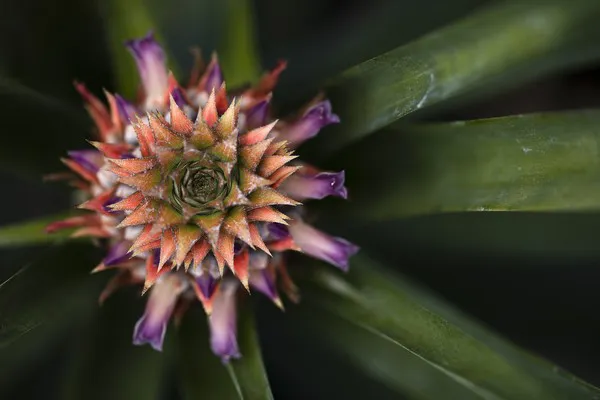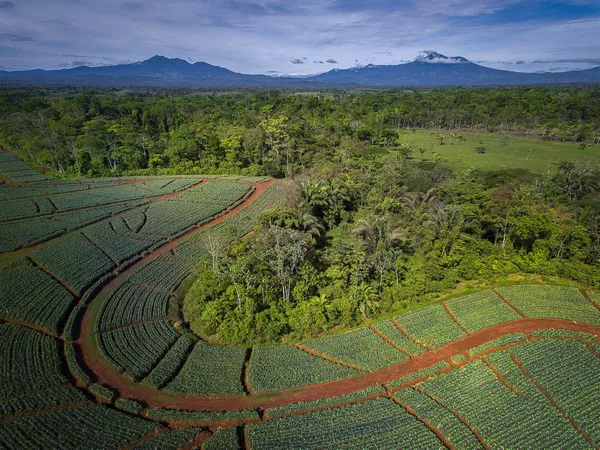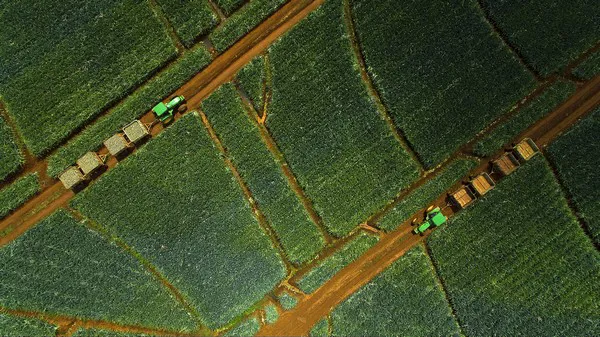Christmas time is pineapple time: anyone in the trade knows this. The exotics are mainly sourced from Costa Rica and are offered fresh in one piece, in tins and more and more often in the convenience sector. But what most people don't care about is what happens to the crowns of the fruit and the leafy plant itself. A student initiative of Leibniz Universität Hannover has developed a way to process this waste material into paper. Now they are looking for partners.


"We were just in Costa Rica for five weeks to get an idea of the situation there. The crowns that have been cut off the fruits result in 200 tons of waste per week on a plantation, which normally remains unused and can even become a problem," explains Niklas Tegtmeier from the Musa Fibra project of Enactus Leibniz Universität Hannover e.V..
The team, visiting Costa Rica.


Convenience products and juice production are major factors in the pineapple industry, and the correspondingly large quantities of crowns produced are cut off locally, to facilitate export. In addition there are the plants themselves, which bear fruit for two years and are then replaced by new ones. "During the dry season, the waste is given away to local farmers, who feed it to their livestock. The leftovers on the fields are ploughed under or dried with chemicals, because if the growers simply leave the material lying around, it offers the perfect accommodation for a local fly species that can transmit diseases to cattle. The paper production developed by the initiative could therefore on the one hand solve a waste problem while at the same time providing a sustainable alternative for the paper and packaging industry.
"We are currently still working in our laboratory and therefore in very limited quantities, but on an industrial scale we expect our alternative to conventional paper to be only slightly inferior in price. In addition, we do not use chlorine bleaching and would like to make paper production as ecological as possible, in order to avoid harmful waste materials". The use of this paper is in no way inferior to that of conventional paper, so it can be used in a variety of ways; from business cards to transport boxes for fruit exports.
Raw cellulose (top) and finished, printed paper (bottom).
The team is now looking for a partner in Germany for process scaling and further tests: "We are looking for a partner from whom we can obtain larger quantities of pineapple crowns for our paper production in Germany. In the long term, we want to move out of the university laboratory and start our own production in Costa Rica," Tegtmeier concludes. "Are you a wholesaler, convenience producer or weekly market trader and do you have large quantities of pineapple crowns that you throw away? We would love to process them further!

For more information:
Niklas Tegtmeier
Projekt Musa Fibra
Enactus Leibniz Universität Hannover e.V.
Königsworther Platz 1
30167 Hannover
Niklas.Tegtmeier@unihannover.enactus.de
